Since the failed 2002 coup against Hugo Chávez, the United States’ approach to Venezuela—now culminating in the 2025 naval build-up in the southern Caribbean—has never followed a consistent trajectory. Instead, it has cycled through sanctions, law enforcement actions, diplomatic negotiations, and intermittent military signalling. To outside observers, this may seem incoherent, but the pattern is less enigmatic than it appears.
For more than two decades, successive US administrations—both Democratic and Republican—have sought to prevent the consolidation of an authoritarian, corrupt regime that sits atop the world’s largest proven oil reserves, presides over one of the worst migration crises in modern history, and provides sanctuary to networks Washington accuses of narcotics trafficking, arms smuggling, and even terrorism.
The first turning point came in April 2002, when Chávez was briefly overthrown in a short-lived coup. That episode—collapsed within two days due to internal mobilisation and regional condemnation—was pivotal. The Organisation of American States (OAS) denounced the unconstitutional interruption, reminding Washington that in Latin America, legitimacy rests on inter-American norms, not brute force. For Venezuela’s Chavistas (supporters of the political ideology founded by Hugo Chávez), the event planted a lasting mistrust of the United States, nurturing a narrative that the country’s woes are not the result of mismanagement, corruption, or socialist authoritarianism, but of “imperial meddling”. That myth remains the backbone of state propaganda in Caracas today.
After Chávez’s death and the succession of Nicolás Maduro, the confrontation escalated. By 2014, street protests were violently crushed, and Washington turned to sanctions as its principal tool. In 2015, President Barack Obama declared a national emergency and signed Executive Order 13692, laying the groundwork for targeted sanctions against Venezuelan officials. Over time, these expanded to include oil-sector and sovereign-debt restrictions. The logic was clear: raise the cost of repression and corruption, while offering the possibility of relief if democratic reforms were pursued. This logic endured across different US administrations, though the tactical emphasis varied.
The conflict turned overtly geopolitical in 2019, when Washington and most of the hemisphere recognised opposition leader Juan Guaidó as interim president. Russia, China, Iran, and Cuba rallied behind Maduro. The OAS refrained from invoking the Rio Treaty in any forceful way but symbolically isolated Caracas. It became a classic Cold War-style contest transplanted into the 21st century—minus the appetite for direct US intervention.
Impact Shorts
More ShortsThe Ukraine war in 2022 added another layer. As global oil prices spiked, Washington cautiously experimented with selective relaxation of sanctions. In October 2023, under the Barbados Agreement framework, the Treasury Department issued General License 44 to give Caracas temporary relief in exchange for commitments to hold competitive 2024 elections. Maduro predictably reneged—excluding opposition candidates and refusing to release full polling-station tallies. The Treasury allowed the licence to expire, and sanctions returned in full force. Chevron’s limited exemptions under General License 41/41A were preserved—but primarily to stabilise energy markets, not to benefit Caracas. This pattern of tightening and loosening policy in rhythm with promises and betrayals had little to do with endorsing Maduro—it reflected Washington’s twin goals: pressure for electoral openness and managing global oil volatility.
The real pivot came in 2024. International observers concluded Venezuela’s presidential election lacked transparency and failed to meet democratic standards. The European Union withheld recognition until the actas (tally sheets) were published—which never happened. Despite this, Maduro was sworn in for a third term in January 2025. The Biden administration responded with sharper sanctions, stronger human rights rhetoric, and renewed law enforcement action against regime elites. By mid-2025, US naval manoeuvres in the Caribbean and targeted strikes on alleged Venezuelan drug-trafficking vessels marked a more coercive phase of pressure.
Why does Washington persist with this calibrated dance—neither normalising ties with Maduro nor toppling him militarily? The answer lies in three interconnected drivers.
First is mass migration. Nearly 7.9 million Venezuelans have fled, creating one of the world’s largest displacement crises. From Colombia to Florida, the strain has reshaped politics and economics. In the US, Venezuelan migrants feature prominently in debates on border security, asylum policy, and state-level governance. Every administration must demonstrate action on this front, hence the link between sanctions relief and credible reforms—and automatic re-tightening when Caracas breaks its word.
Second is great-power competition. Beijing is Venezuela’s largest creditor, with roughly $60 billion in state-backed loans and growing political-security influence. Iran has supplied fuel, spare parts, and refinery expertise since 2020. Russia, for its part, has deployed nuclear-capable bombers to Caracas as geopolitical theatre. For Washington, a stable authoritarian regime in Venezuela would serve as an entrenched foothold for adversaries in the Caribbean—dangerously close to US shores. While this doesn’t mean imminent war, it explains why Washington mixes sanctions, law enforcement, and diplomacy rather than simply disengaging.
Third is asset protection and energy security. Venezuelan crude is heavy, polluting, and difficult to refine—but in a tight global market, every barrel counts. US courts are overseeing a creditor auction of Citgo, PDVSA’s prized US refiner, while OFAC calibrates licences to balance oil flows without enriching Maduro. On the surface, this may appear contradictory—punish the regime while maintaining supply. In reality, it’s a delicate balancing act between sanction enforcement, energy security, and creditor rights.
For India, Venezuela is more than a distant geopolitical headache. It is a strategic economic concern—and a test of national self-reliance. Reliance’s Jamnagar refinery is one of the few in the world capable of processing Venezuela’s heavy, sour crude. Temporary US relaxation of sanctions in 2024 allowed India to import Venezuelan barrels, boosting margins and offering optionality in global markets. But as Washington re-tightened restrictions in 2025, these flows slowed, exposing the vulnerability of depending on foreign policy decisions for energy security. It highlights the need for strategic autonomy: India cannot afford to rely on US approval cycles or external sanctions to meet its energy needs.
Upstream exposure reinforces this lesson. ONGC Videsh holds stakes in San Cristóbal and Carabobo-1, with roughly $600 million in overdue dividends. The 2025 tightening forced Indian operators to navigate complex US licensing requirements—illustrating how foreign sanctions directly impact India’s ability to secure resources and assert economic sovereignty. For a rising power, losing control over overseas investments is unacceptable. India must build legal, financial, and operational tools to defend its assets independently.
Pharmaceutical trade adds another layer. India’s exports to Venezuela were worth $111 million in 2024, yet remain precarious due to payment and sanctions risks. This underscores how disruptions in one sector—energy—can ripple into others, including critical supplies like healthcare. India’s 2016 oil-for-drugs proposal remains a useful blueprint: leveraging energy assets to secure essential goods without ceding strategic control.
Finally, India must navigate the broader great-power dynamics. Russian oil, Iranian energy, and Venezuelan crude all factor into New Delhi’s energy calculus. The US is increasingly using access to sanctioned barrels as leverage in global negotiations. India’s long-term objective must be to reduce dependence on external permissions, hedge strategically, and maintain flexible energy and trade channels that cannot be disrupted by unilateral decisions. Venezuela’s crisis is a clear reminder: energy sovereignty is inseparable from national sovereignty.
Venezuela is not a faraway crisis—it is a test of India’s resolve to assert strategic autonomy, safeguard energy sovereignty, and defend national interests abroad. Reliance, ONGC Videsh, and India’s pharmaceutical sector cannot wait for foreign permission or Washington’s whims. They must operate boldly, backed by a clear government policy that prioritises national interest. Every licence, every barrel, every shipment is a matter of national security.
New Delhi must turn vulnerability into resilience—building secure supply chains, protecting overseas assets, and ensuring no foreign power can dictate the terms of India’s energy or industrial destiny. The message is clear: India will not be held hostage by sanctions, waivers, or geopolitics. Our resources, our economy, and our future will be protected with the same strategic clarity that guides every sovereign nation.
The time for timid hedging is over. India must act decisively, independently, and unapologetically in its national interest.
The writer is a technocrat, political analyst, and author. He pens national, geopolitical, and social issues. His social media handle is @prosenjitnth. Views expressed in the above piece are personal and solely those of the author. They do not necessarily reflect Firstpost’s views.


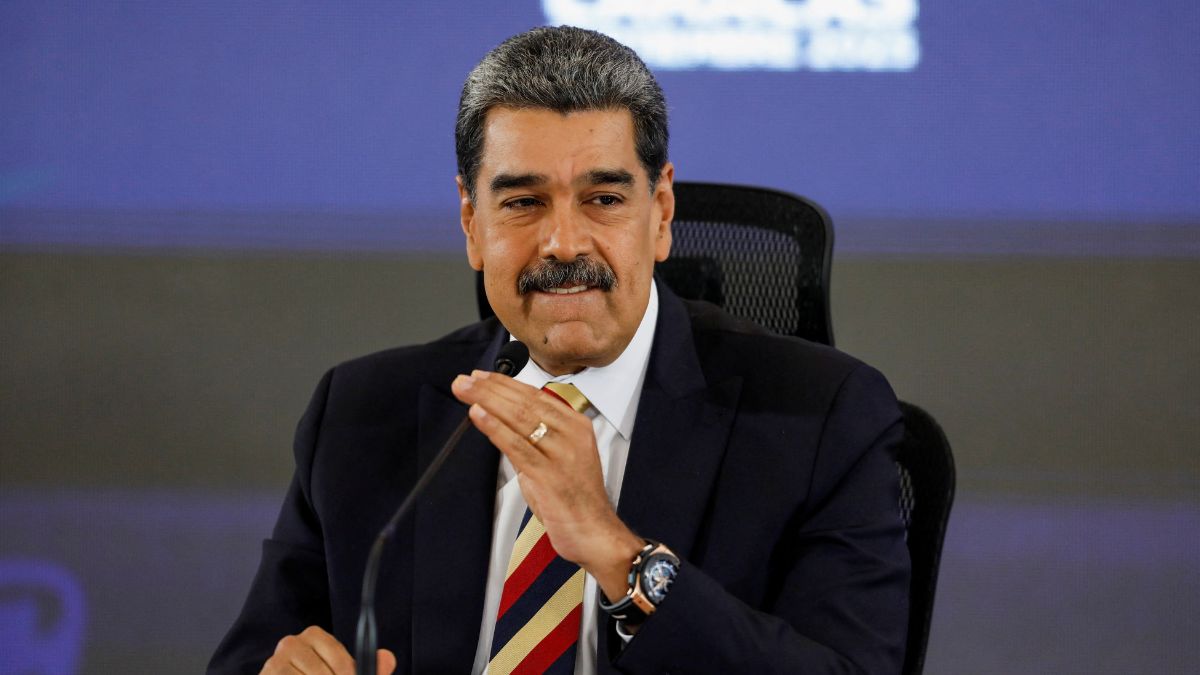)
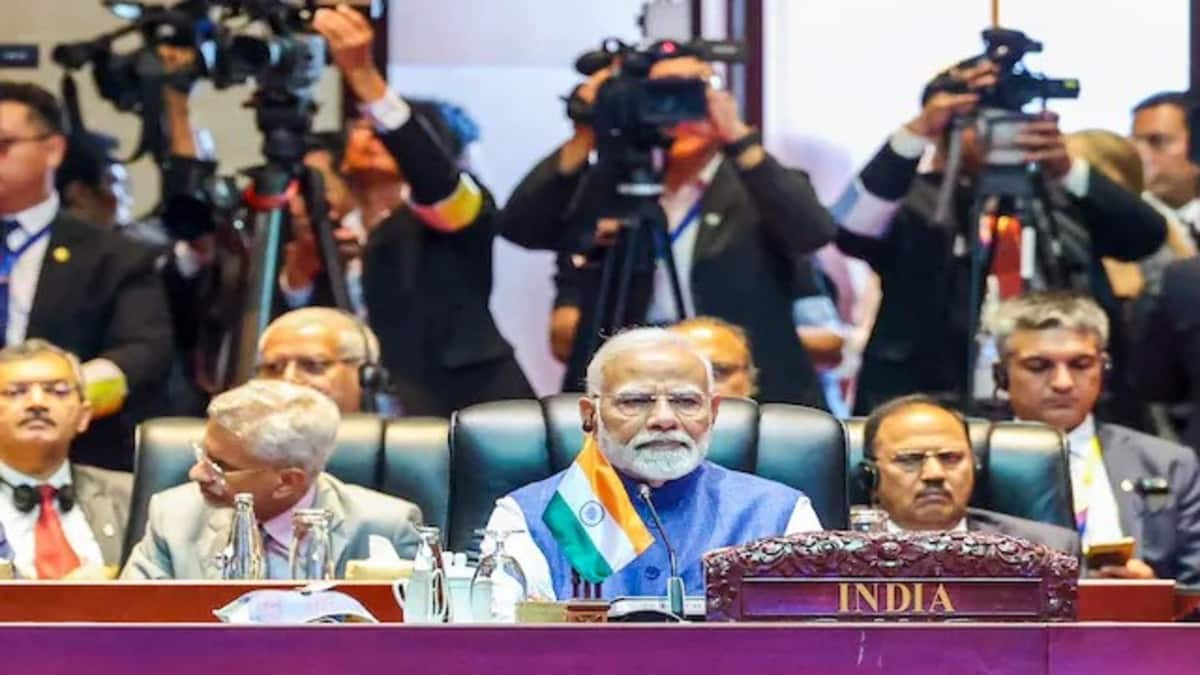
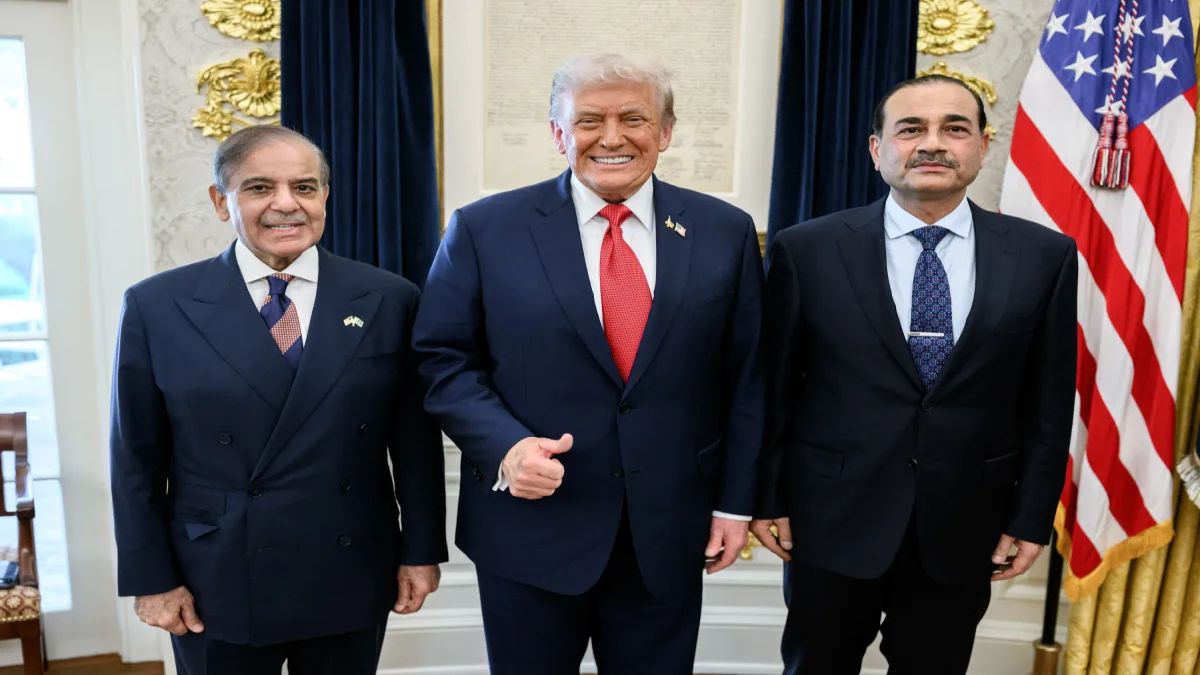)
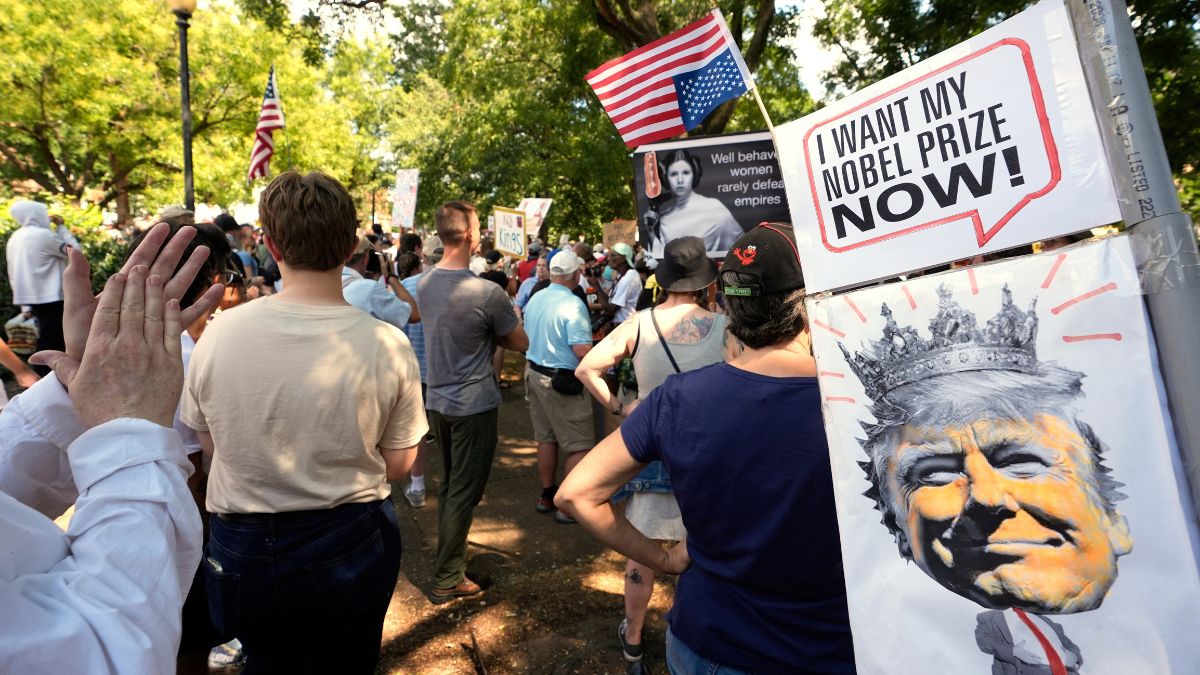)
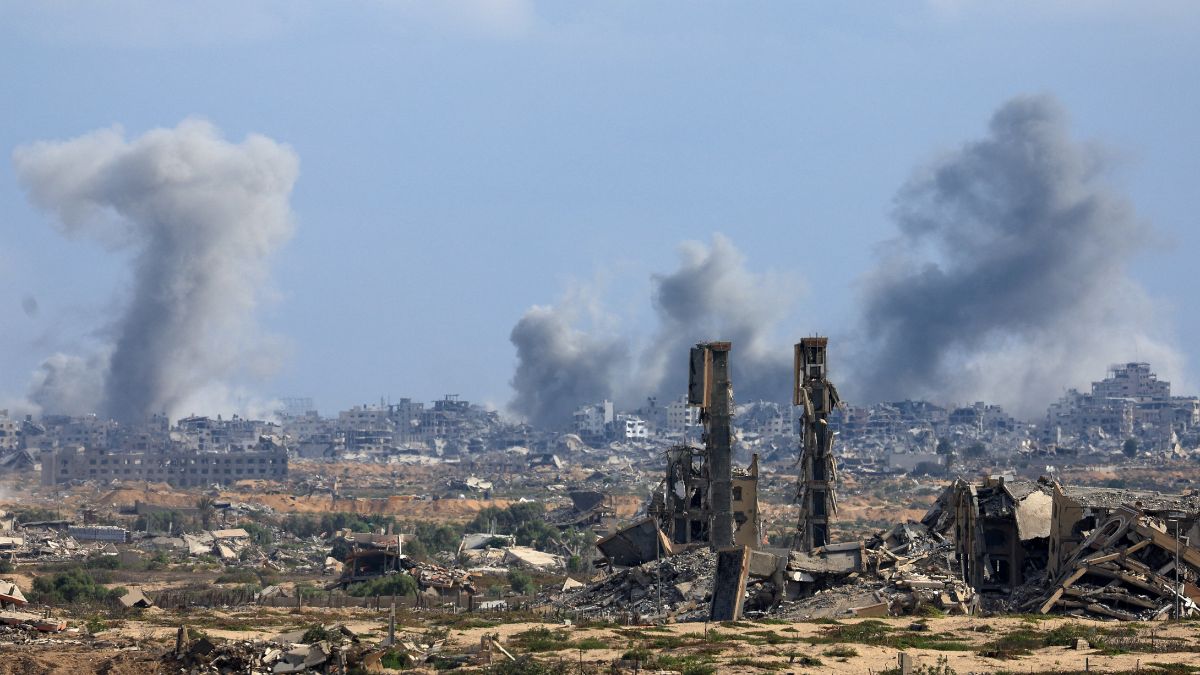)
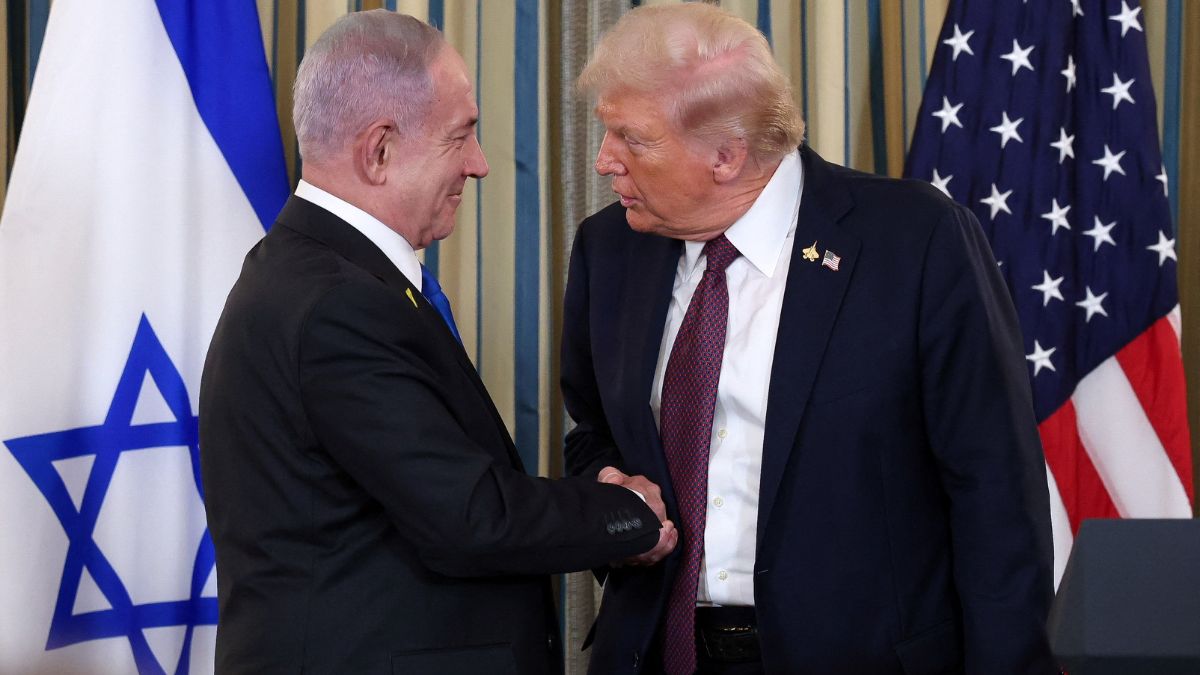)
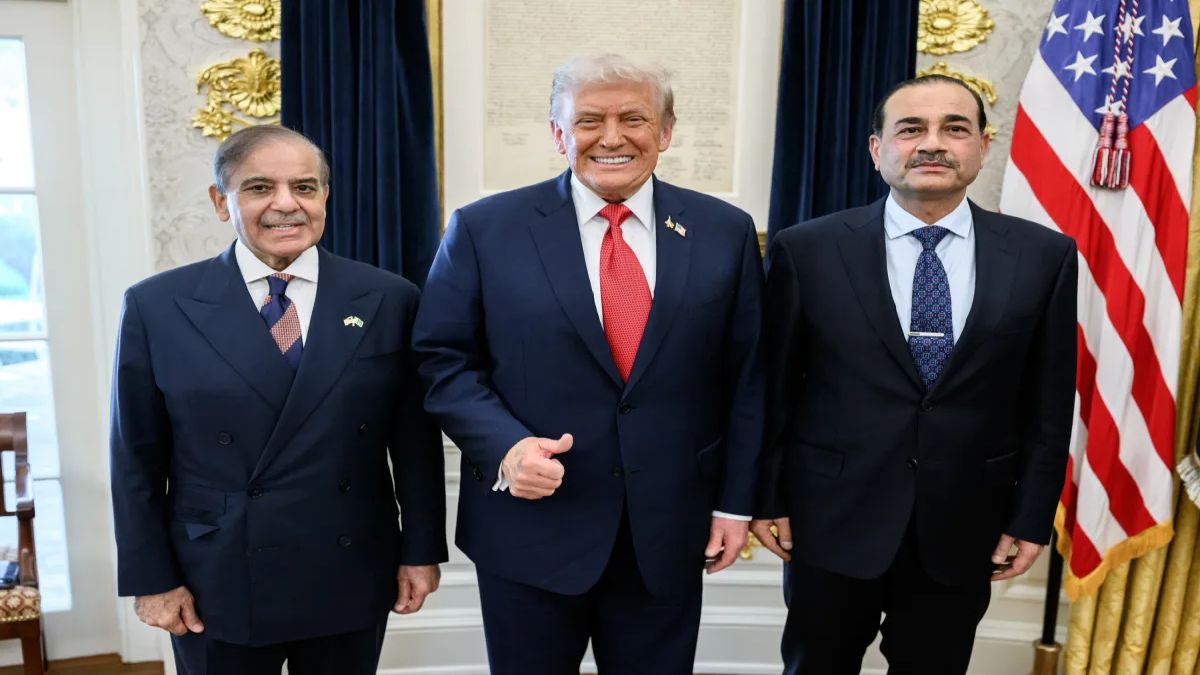)
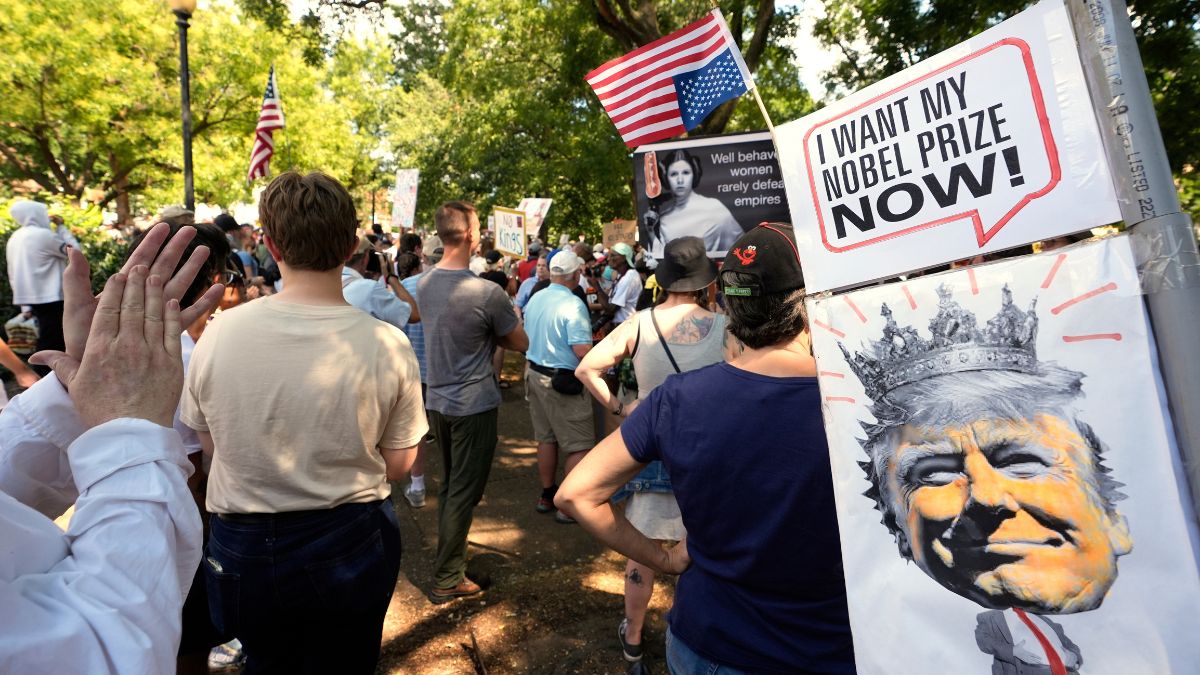)
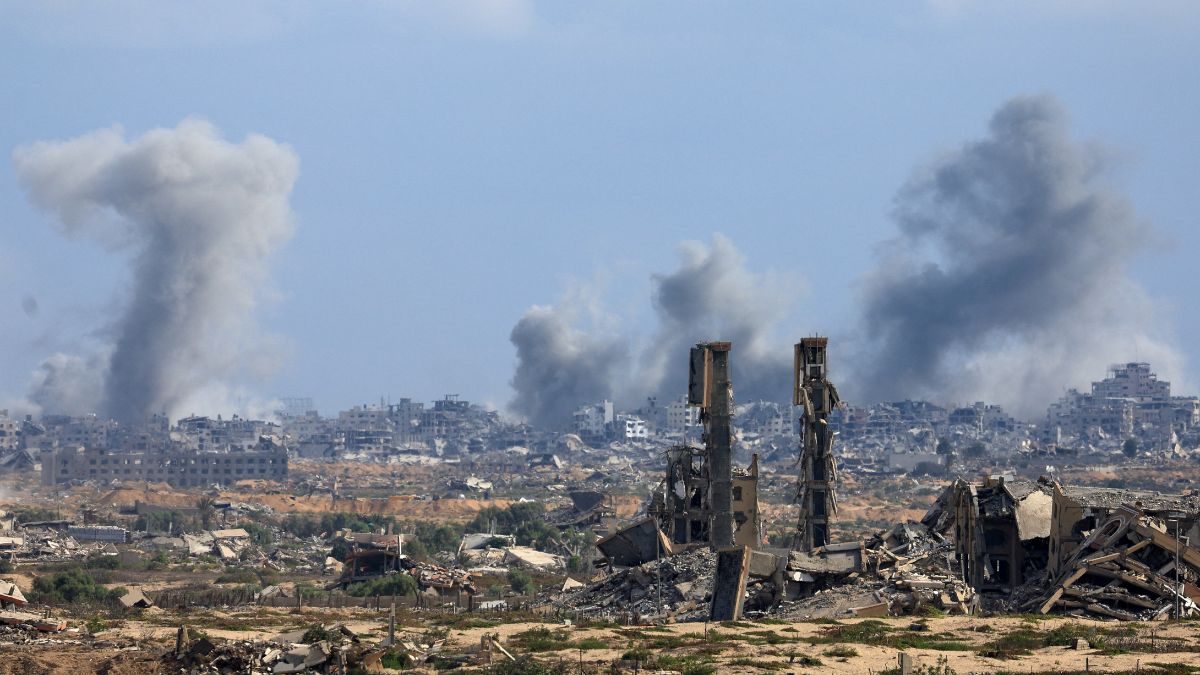)
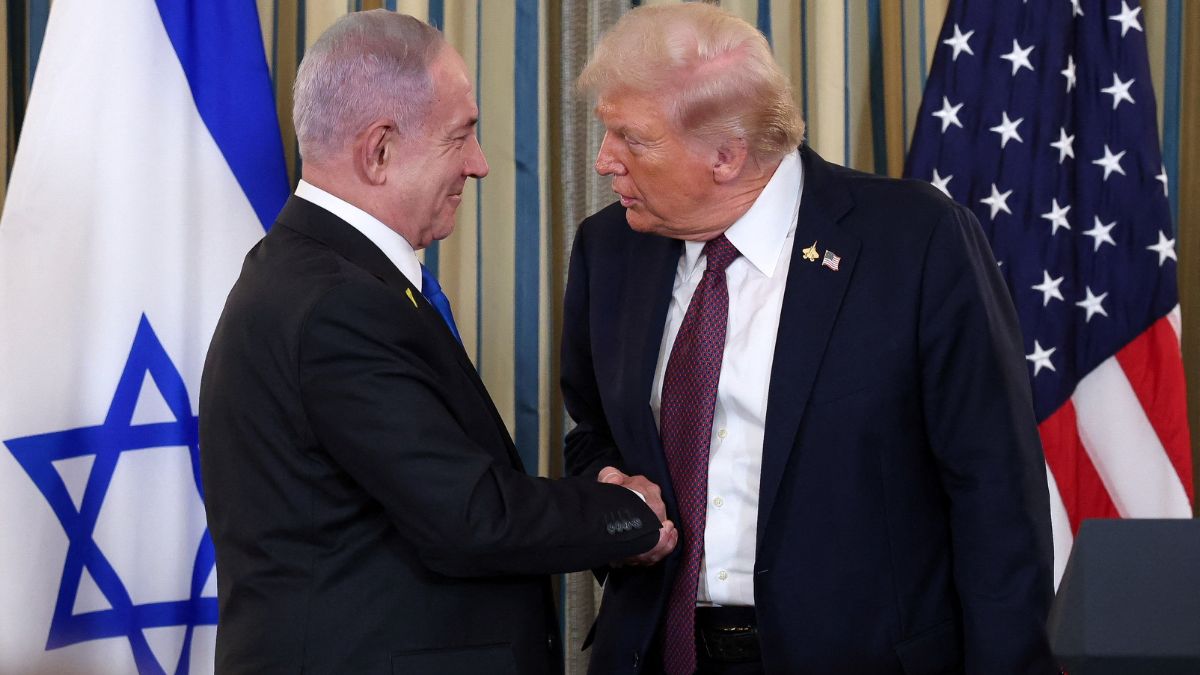)



